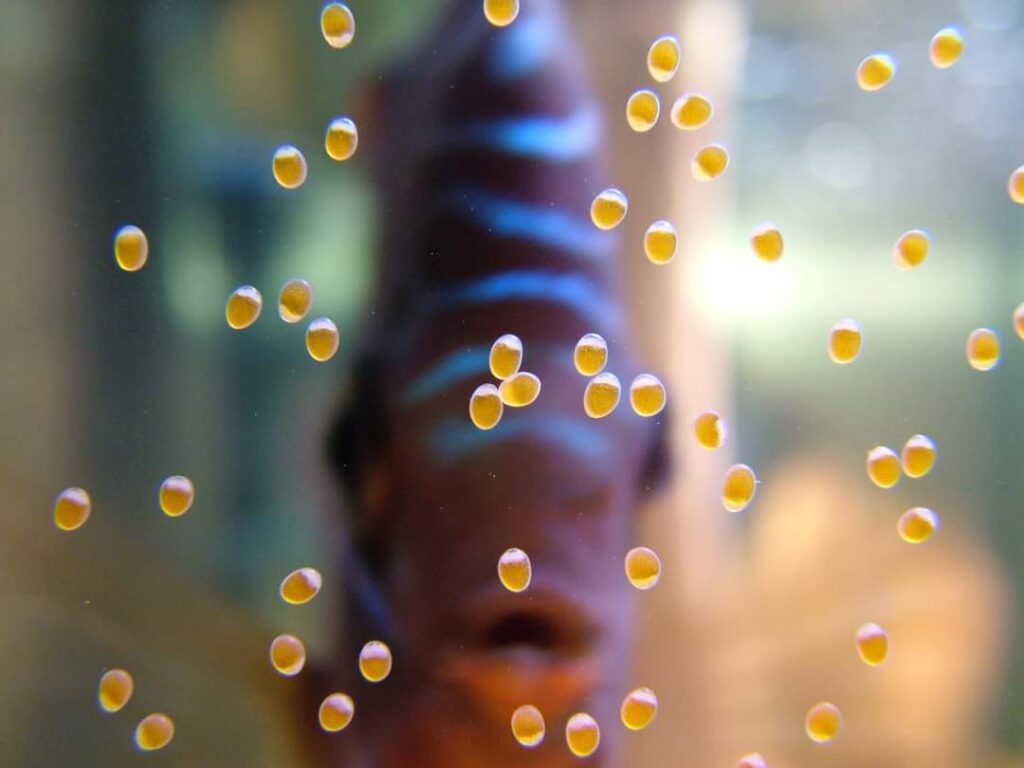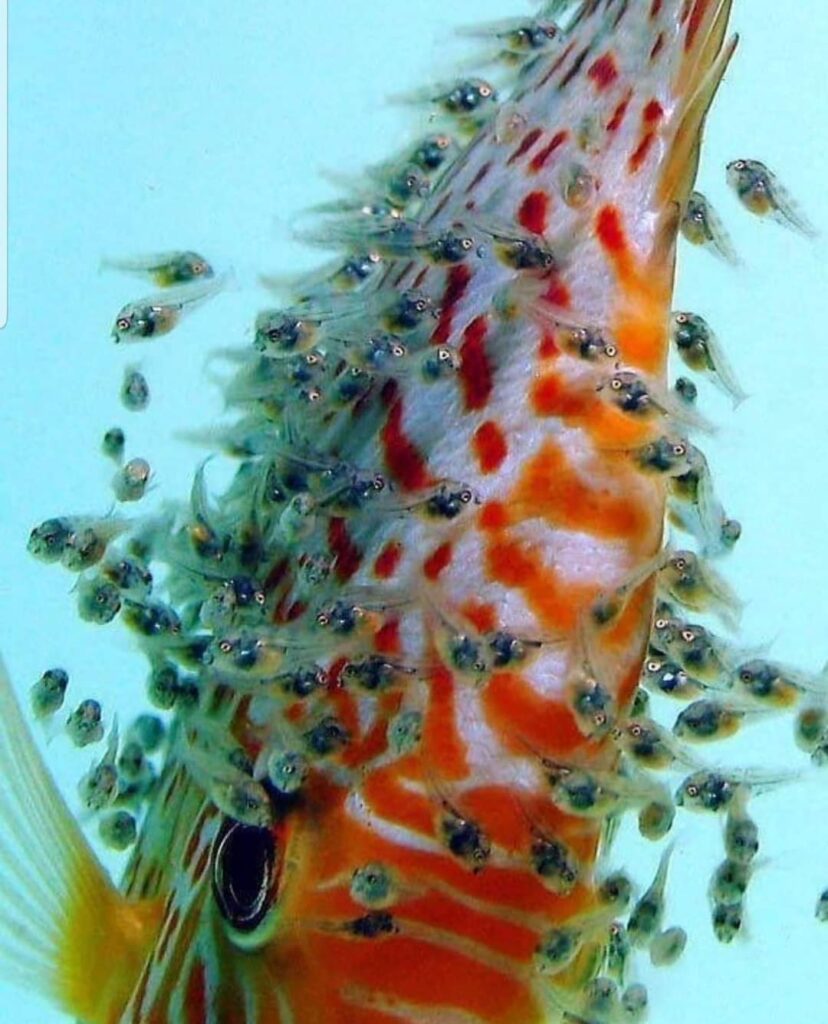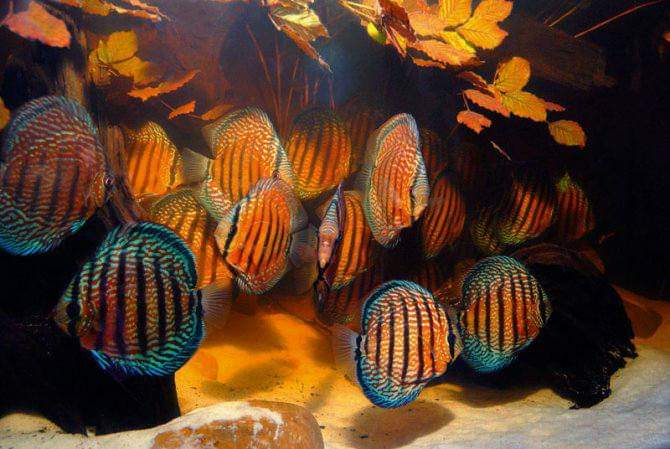Discus is one the most popular fish in the Ornamental fish trade due to their mesmerizing patterns and vibrant colors, but where did these fish come from?

The earliest records date back to the early 1800s with a connection to a historical marriage that took place, The wedding of Crown Prince of Portugal and Prince of Brazil, and 19-year-old Archduchess Maria Leopoldina of Austria. With the Royal entourage were naturalists sent by the Emperor of Austria to explore the unknown accompanied by artists, researchers, and other academics. During this Expedition two biologists Johannes Baptist Natterer and Johann Jacob Heckel who came to identify many new Brazilian species of plants and animals.
after eighteen years of exploring Brazil Nattrer and Heckel set their journey back home with 1,671 fish species, 1,146 mammals, 1,024 mussels, and many other species. Many of these were entirely new science, When working on Natterer’s collection, Johann Jacob Heckel analyzed an unusually shaped species which was described as the first Discus species (Symphysodon discus) which we commonly know today as the Heckel discus,
later on, overtime three other species were discovered. In 1903, J. Pellegrin described the Green discus (Symphysodon aequifasciatus). And in 1955, Harald Schultz Described Brown discus (Symphysodon aequifasciatus axelrodi) and in 1960 Harald Schultz also described the Blue discus (Symphyson aequifasciatus haraldi).
The first Imports of Discus to the Ornamental fish trade was in 1921 to Europe, but none of the specimens survived long. Again, in 1928, another attempt was made to import a discus fish to Europe, but the fish did not survive again. And Finally, in 1932, a discus survived after being imported to Europe. Until 1960, there was no hard evidence of published scientific literature of Breeding Discus successfully, there are and tales of hobbyist named H. Härtel bred the discus in Europe in 1936 but no evidence proving it.
All the color variations seen today originated through selective breeding from the four main wild species. The name Discus comes from their disc-like body Shape, discus is also cichlids of the family Cichlidae. Symphysodon, which translates to “having teeth in the middle of the jaw” Discus are schooling fish but unlike many cichlids aren’t that aggressive or territorial to the species of fish, except when spawning and taking care of their hatchling both the male and females get extremely aggressive even towards humans, Discus like all cichlids have a very good maternal care, females on average can lay 200-400 eggs in spawning

the male then fertilizes the eggs, the eggs take 60 hours to hatch depending on the water temperature and pH parents will take turns fanning the eggs with their fins to circulate oxygen levels around the eggs, when the hatchling soak in their yoke and start free-swimming fry then fry begin feeding on the slime secreted by both parents, who take turns feeding their young. Known as “discus milk”, this nutrient-rich secretion of slime will allow the fry to grow rapidly in the first week, this Discus milk contains immunoglobulins to protect the fry from infections until their immune systems are fully functional,

as they get older they start eating plant vegetation and algae in the wild, in the wild discus are thrive in soft water with a pH low as 4.0

Check This Out: A new species of CAVEFISH named after “Gollum” from The Lord of the Rings Book Series | Gollum Snakehead







